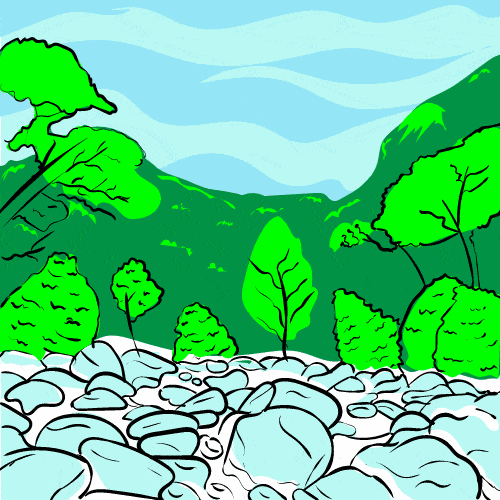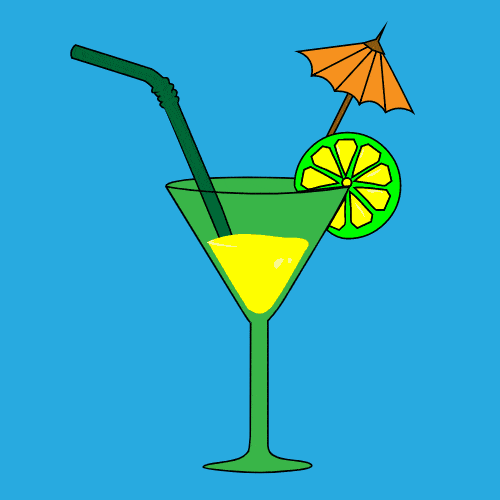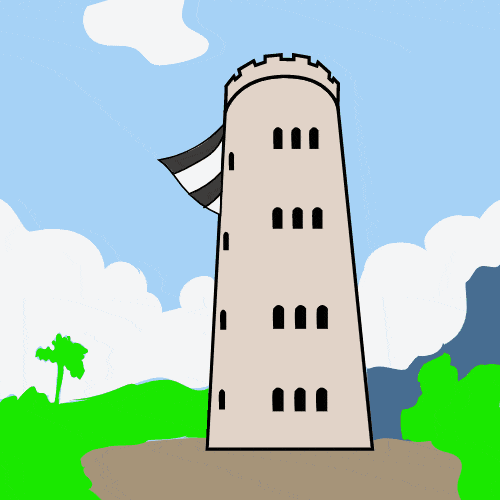Puerto Rico is rich in history and culture.
Did you know that the Archaics were the first inhabitants of Puerto Rico? They came to the island around 2,000 BC. Puerto Rico has more than 4,000 years of history.
I am a history enthusiast and love to share Puerto Rico’s vast history with visitors.
In this article, I will cover the 26 most famous historical sites in Puerto Rico:
1. Castillo San Felipe del Morro
When cruise ships arrive at Puerto Rico’s harbor, they first see Castillo San Felipe del Morro.
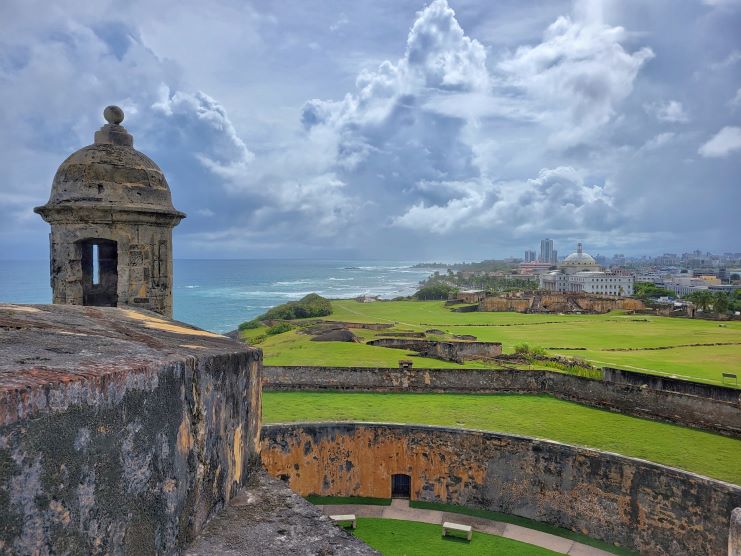
This fortress defended Puerto Rico for almost 500 years.
The Spaniards built it between the years 1539 and 1787.
When the United States took control of Puerto Rico, El Morro became Fort Brooke and defended the Island and the United States from potential German Submarine attacks.
When you visit El Morro, you will walk into 500 years of history.
Check out our Castillo San Felipe del Morro article for more information about this historical landmark
2. Barrachina Restaurant
How come a restaurant is included in a historical site’s article?
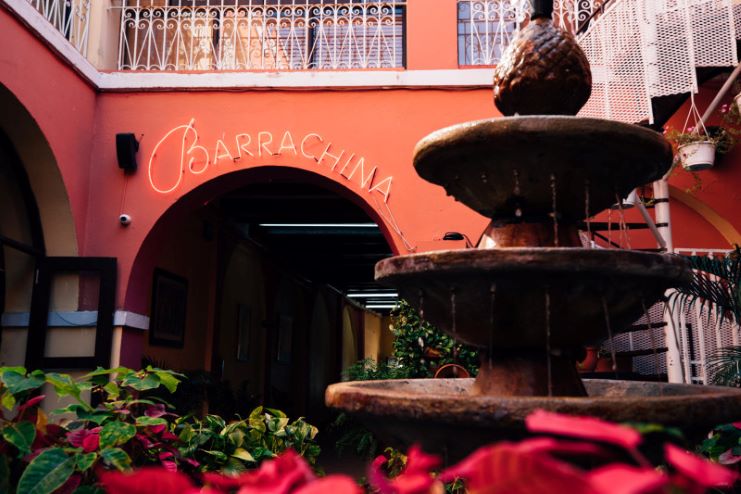
Barrachina is not an ordinary restaurant; it holds a special place in Puerto Rico’s history.
Ramon Portas Mignot invented the world-famous Piña Colada drink while working at Barrachina.
You can visit the birthplace of Puerto Rico’s National Cocktail.
For more details, check our article on Barrachina Restaurant in Old San Juan.
3. San Jose Church
Step inside the second-oldest Church in the Americas.
The Dominican Order built San Jose Church in 1532.

Visit the Church to see an example of 16th-century Spanish Gothic architecture.
San Jose Church underwent a restoration process that took almost 20 years; they re-opened it on March 19, 2021.
If you are an architecture enthusiast, San Jose Church is a place you must visit.
While you’re in the area, check out our article 35 Best Things To Do In Old San Juan.
4. Capilla del Santo Cristo de la Salud
A legend is behind the construction of this chapel.
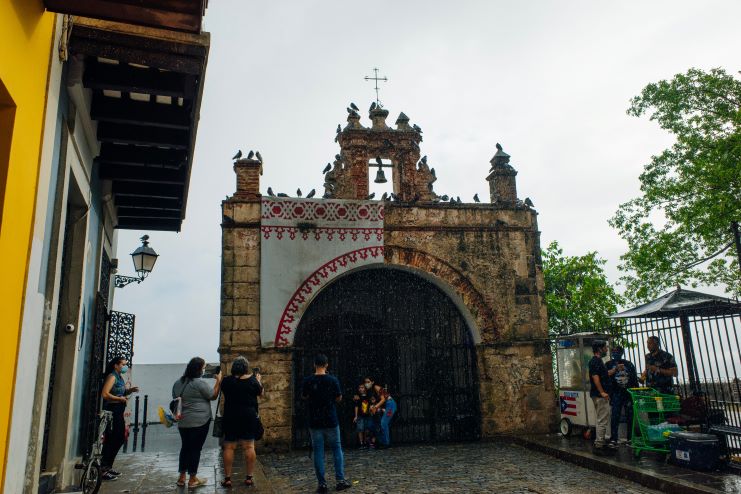
They say that around 1750, two young men were horse-raising along “Calle del Cristo” Christ Street, and one fell off the cliff at the end of the street.
The Secretary of Gobernation, Don Tomás Mateo Pratts, prayed to Christ, who saved the young man’s life.
Mateo Pratts commissioned the chapel’s construction to thank God for the miracle.
Read up on more interesting moments in the island’s history in our article History of Puerto Rico – All You Need To Know.
5. Hacienda Campo Rico Carolina
They turned a sugar cane and coffee plantation into a family-oriented park.

You can horseback or ATM Vehicle ride across the former plantation.
They have knowledgeable staff that will inform you about the hacienda’s past.
Hacienda Campo Rico is a place for nature lovers who like historical sites.
Check out our article on 15 Best Outdoor Activities In Puerto Rico for more information.
6. Punta Tuna Lighthouse Maunabo
Maunabo is a small town on Puerto Rico’s east coast.
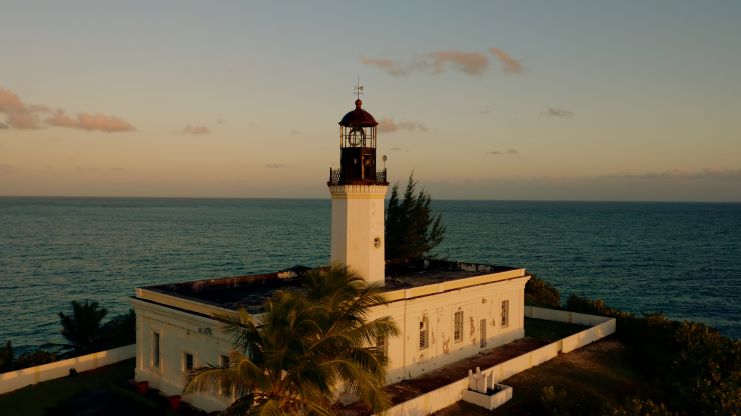
It is famous for its beaches and the Punta Tuna Lighthouse.
The Spaniards built this lighthouse in 1892, and it’s still operational.
You can access Punta Tuna Beach through the lighthouse’s back gate.
If you visit the beach, please be cautious; the strong currents make this beach dangerous for swimmers.
For an idea of where you can go swimming, check out our guide to the 30 Best Beaches In Puerto Rico.
7. Casa Cautino Museum in Guayama
The town of Guayama gets its name from the Taino Chief Guayama.
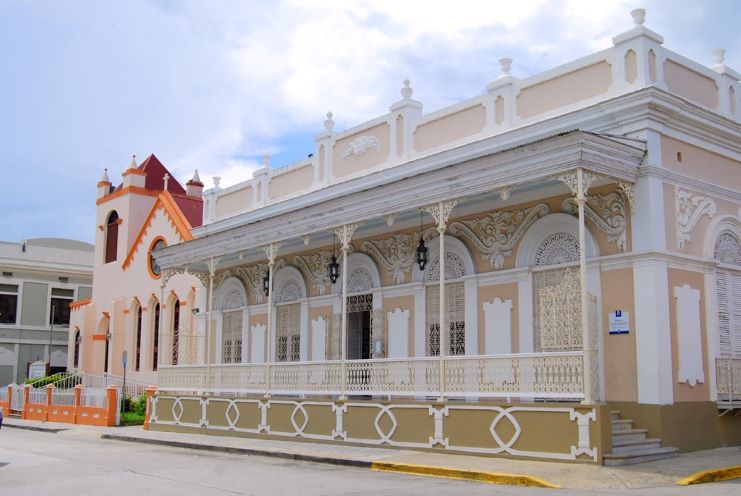
The house belonged to a wealthy local man Genaro Cautino Vazquez.
During The Spanish-American War, the United States Troops used the house as a headquarters.
The Puerto Rican Cultural Institute turned the house into a museum.
The house has neo-classical architectural elements, art collections, and 19th-century furniture.
Check out our 12 Best Museums In Puerto Rico article for more museums to visit.
8. Centro Ceremonial Indigena Tibes
Ponce is the second most visited town in Puerto Rico.
This southern town is rich in culture and history.
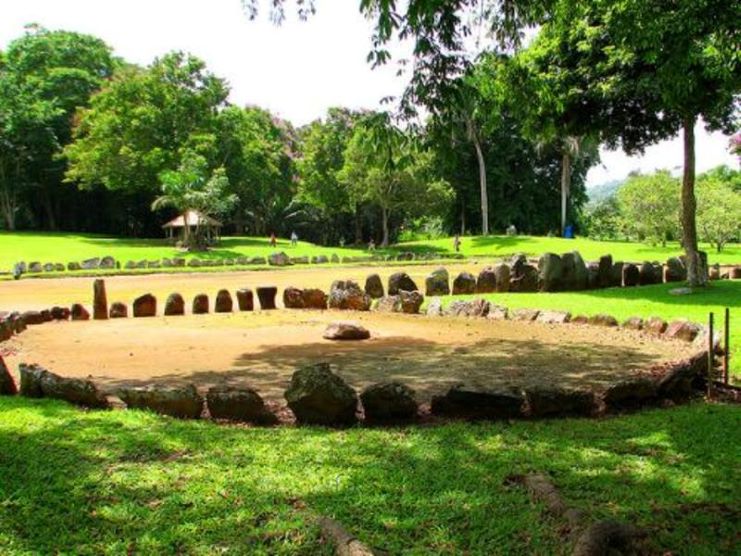
In Ponce, you will find an archeological site named Tibes Indigenous Ceremonial Ground.
The Taino built this place almost two thousand years ago.
Tibes is one of the Caribbean region’s most significant Taino Ceremonial Grounds.
They found 186 Taino skeletons in a burial ground inside Tibes.
Puerto Rico’s Government administers the ceremonial ground and offers guided tours.
Learn about the area in our article Ponce – All You Need To Know.
9. La Cruceta del Vigia
La Cruceta del Vigia (Watchman Cross) is a 100 feet cross-shaped lookout post on top of Watchman’s Hill in Ponce, Puerto Rico.
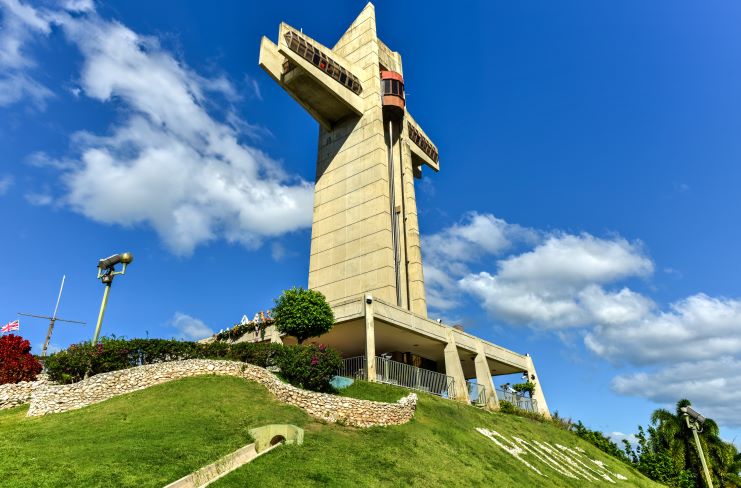
At first, around 1800, it was just two tree trunks forming a cross from where a guard would look at the sea searching for merchant ships, invaders, and even pirates arriving at Ponce’s harbor.
There was a hut near the cross, and the guard would raise flags to signal the people of Ponce the approach of a ship and the ship’s country of origin.
The City of Ponce built a concrete structure to honor the brave people who served as watchmen.
Visit Cruceta del Vigia to view the Caribbean Sea and Ponce.
Check out our 25 Best Things To Do In Ponce article, where visiting La Cruceta del Vigia is listed in the top 5.
10. Serralles Castle
Across from The Watchman’s Cross, you will find one of the most impressive houses in Puerto Rico, The Serralles Castle.
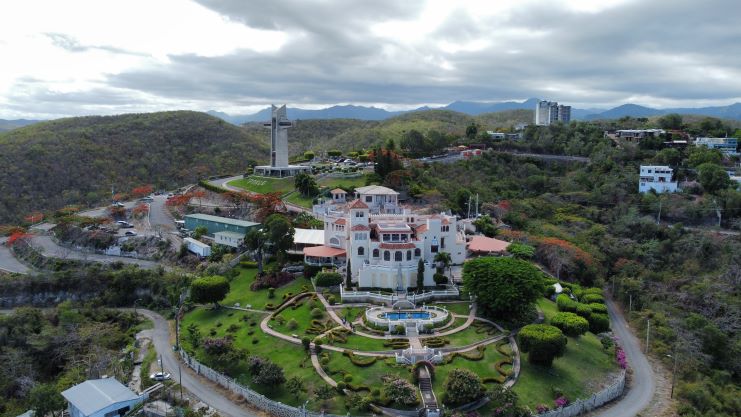
The former home of the Serralles Family (owners of Ron Don Q) is now a museum administered by a nonprofit organization.
They offer guided tours, including the Don Q Rum Tour, in which you will learn about the history of the rum and even take a mixology class and sample Ron Don Q.
Learn more about visiting in our article featuring the 6 Best Tours & Excursions in Ponce.
11. Old Firehouse Ponce
You will find Ponce’s Old Fire Station in Las Delicias Town Square.
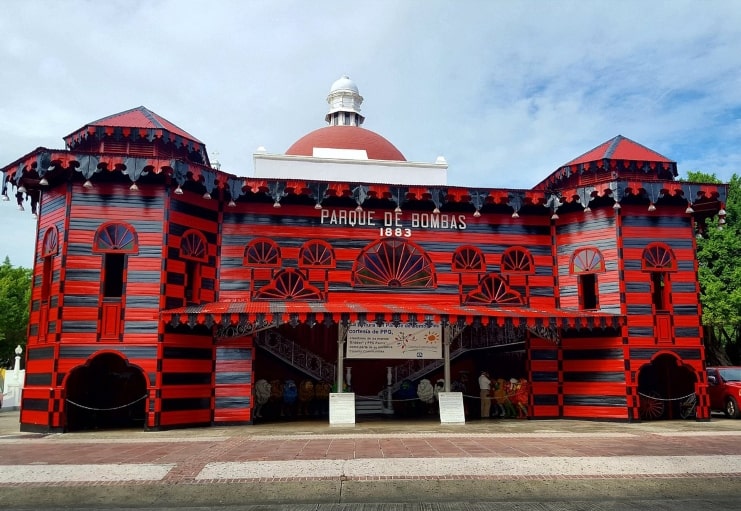
This small wooden structure is dedicated to a group of brave firemen who risked their lives and freedom to extinguish a fire that would devastate the city.
The place is great for learning history and taking pictures.
If you cross the street, you can get artisanal ice cream from “Los Chinos.”
To learn more, check out our article about Parque de Bombas de Ponce.
12. Faro Los Morrillos Cabo Rojo
Los Morillos Lighthouse allows you to see where real Pirates of the Caribbean used to sail and hide.
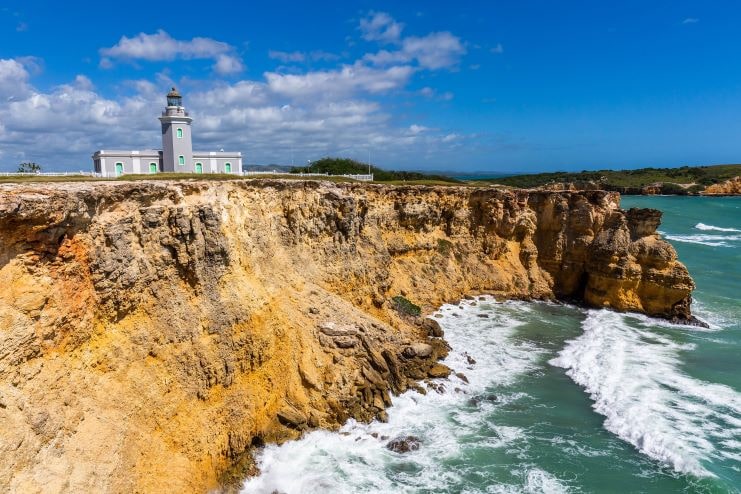
Legend says that there are treasures buried nearby.
Captain Roberto Cofresí was a privateer turned pirate who used the caves in the cliffs near the Lighthouse as his hiding place.
If you visit the Lighthouse, be very careful, there are no rails on the over one hundred-foot tall cliff.
Read up on the lighthouse in our article Cabo Rojo Lighthouse – All You Need To Know.
13. The Salt Flats of Cabo Rojo
Cabo Rojo is home to the oldest salt extraction facility in Puerto Rico.
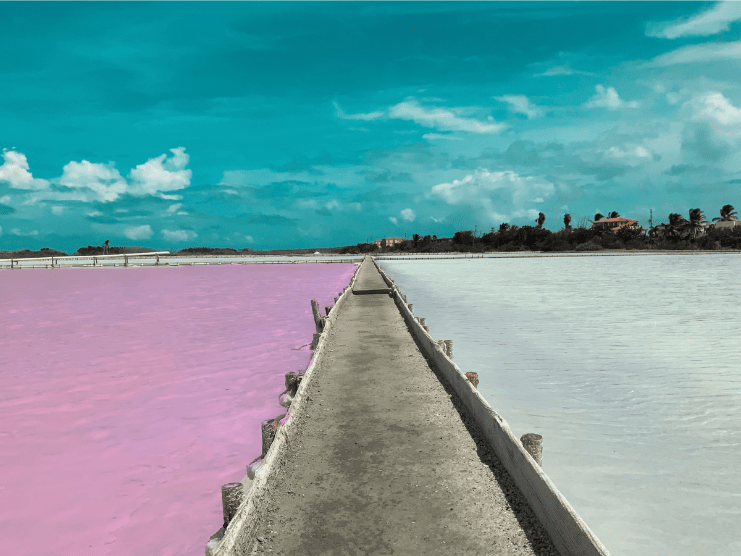
In “Las Salinas de Cabo Rojo,” they have been extracting salt the same way for over 500 years.
In Cabo Rojos town square, you will find a peculiar statue; it is just an arm holding an ax.
They call the people of Cabo Rojo “Mata con Hacha” Ax Killers because they defended their salt with axes.
Read all about the area in our tell-all guide to Cabo Rojo.
14. Caguana Taino Ceremonial Park Utuado
The Puerto Rico Cultural Institute operates this archeological and historical site.

In Caguana, you will find 21 well-preserved petroglyphs in 10 plazas.
The park has a museum, and the park guides know Taino history and will take you on a walking tour explaining how the original Puerto Rico inhabitants lived.
There is a shop where you can buy replicas of Taino artifacts.
Learn more about the area in our article Utuado – All You Need To Know.
15. La Piedra Escrita Jayuya
“La Piedra Escrita,” the Written Stone in Jayuya, is a large boulder covered in Taíno petroglyphs from the pre-Columbian era.
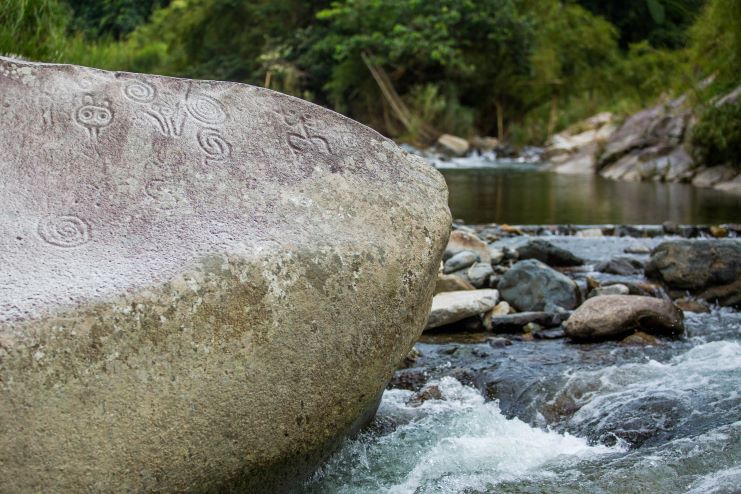
You will find the Written Stone inside the Rio Saliente.
The boulder partially blocks the river’s path, forming a pool safe for swimming.
To get to La Piedra Escrita, you must take a wooden boardwalk to the river.
You can see local youth climb La Piedra Escrita and jump into the water.
16. Cemi Museum
For Taino Indians, Cemi was a sculptural object that housed a deity or an ancestral spirit.
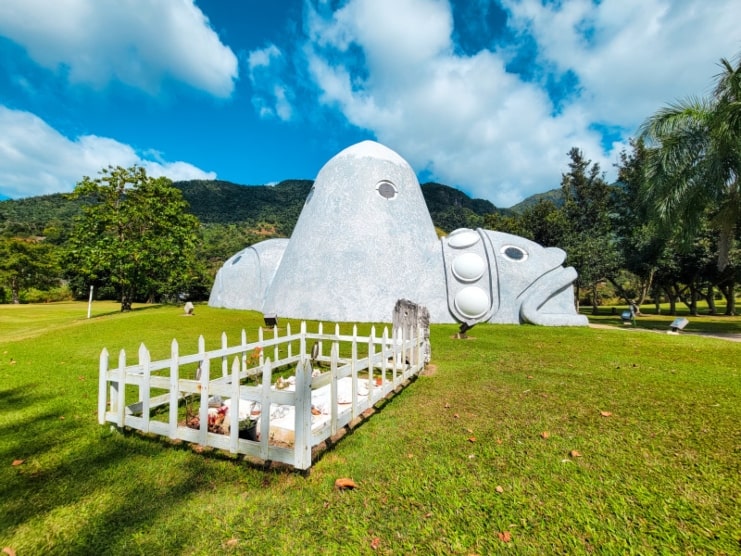
In Jayuya, you can find a museum shaped like a Cemi.
The structure resembles a famous cemi in Jayuya depicting “Los Tres Picachos,” the Three Mountaintops that the Taino believed to be sacred.
17. Casa Canales
Next to the Cemi Museum, you will see a restored colonial house that is now a museum.

The house belonged to the Canales Family and had antiques belonging to Jayuya’s first mayor, Rosario Canales Quintero.
His son, Nemesio Canales, was a prominent writer, lawyer, and politician.
From Casa Canales, they headed the Jayuya Uprising during the Nationalist Party’s 1950 revolt.
18. The Coffee Haciendas
Puerto Rico produces a coffee that was the Vatican’s favorite in the nineteenth century.
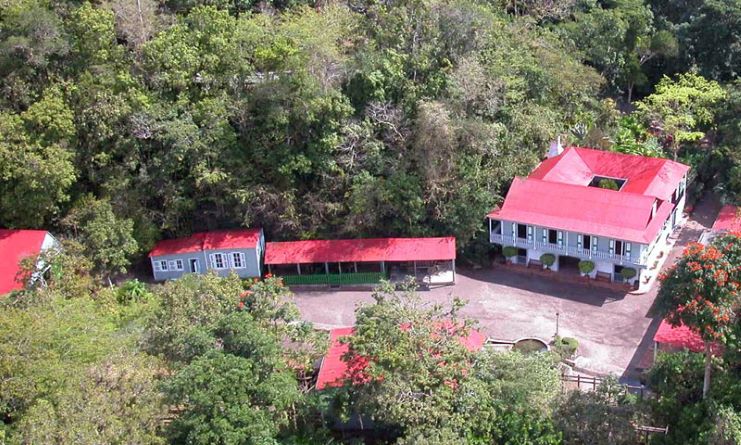
There are several haciendas or coffee processing plants that you can still visit.
Hacienda San Pedro in Jayuya and Hacienda Buena Vista in Ponce are only two of them.
In these haciendas, you can learn about the history of coffee production in Puerto Rico and sample some of the best coffee the Island offers.
For more information on Coffee Haciendas and their tours, check out our Best Coffee Tours & Farms article.
19. Guajataca Tunnel
At the beginning of the 20th century, sugar cane was the most cultivated crop in Puerto Rico.
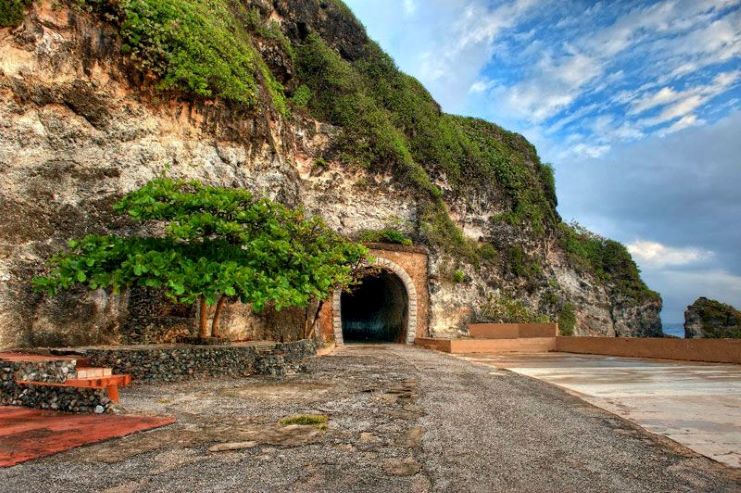
They built a railway system to transport sugar cane around the island. The train mainly traveled along the coastline, and in some places, they dug tunnels for the train.
Two of these tunnels are in Guajataca in Isabela and Quebradillas. You can cross the Guajataca tunnel and enjoy a walk near the Guajataca beach.
Check out our article on the Guajataca Tunnel to learn more about this historical site.
20. San Antonio de la Tuna Ermitage
In 1725 Spanish settlers arrived in the area that is now Isabela. They called it La Tuna.
Between 1725 and 1750, they built a church dedicated to San Antonio and named it “San Antonio de Padua.”
Close to the church, they built a small town.
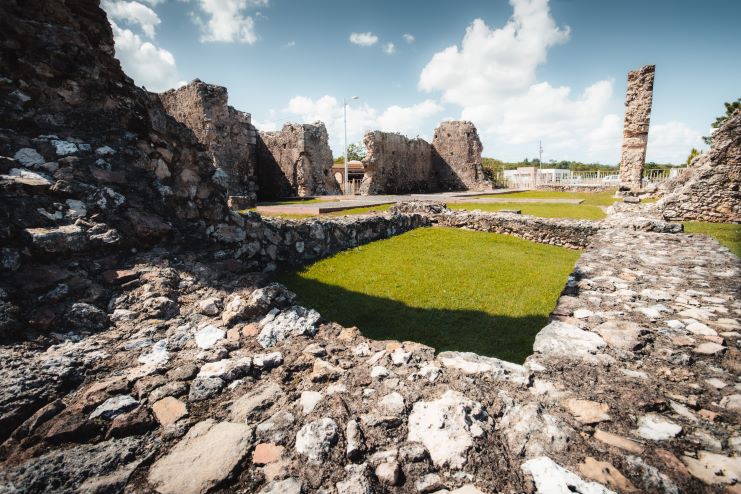
Later they abandoned that settlement and moved closer to the ocean, where the town of Isabela is today.
Mabodamaca Corporation, a nonprofit organization, preserves the ruins of the original church.
The Ermitage is on the US National Register of Historic Places list.
Read more about the area in our guide to Isabela – All You Need To Know.
21. Porta Coeli
Another historical church in Puerto Rico is Porta Coeli in San German.

The Church’s name is Latin for Heaven’s Gate.
Porta Coeli was originally a convent and a school named El Convento de Santo Domingo de Porta Coeli.
Porta Coeli is one of the oldest churches in the Americas and the oldest Church under US jurisdiction.
In 1531 they established the town of San German, and Empress Elizabeth assigned money to the Dominican Order to build a monastery in the city.
The former church is now a museum where you can see religious statues and paintings dating from the 17th century.
22. The Columbus Cross
More than 500 hundred years after Columbus’s arrival in Puerto Rico, several towns, Aguadilla, Aguada, Anasco, and even Mayaguez, claim to be the place of the “discovery.”
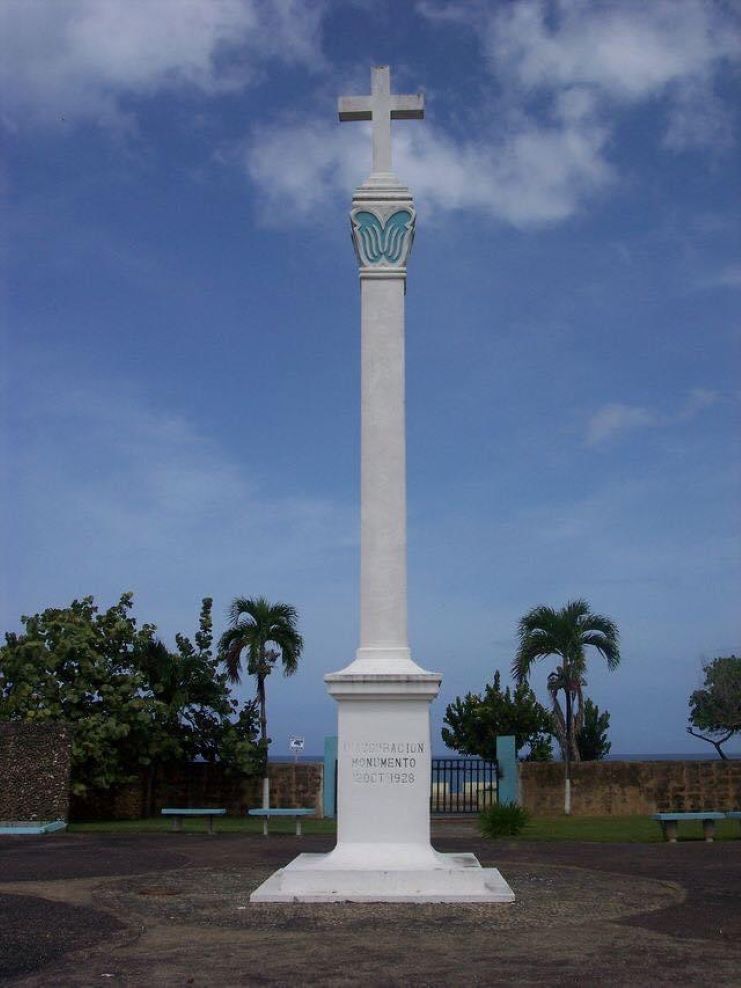
The majority of scholars agree that Columbus landed in Aguada.
They made a small monument with a cross where they believed the Spaniards first set foot on the Island.
The place offers excellent views of the Aguada-Aguadilla Bay.
23. Ermita de Espinar
Close to 1520, the King of Spain gave the Franciscan Order funds to construct a monastery and small chapel in the Spanish Settlement of Aguada.

Church documents state that the Franciscan Friars lived and preached in Aguada as early as 1525.
The first library in Puerto Rico was inside the monastery.
In 1529, the Caribe Indians attacked and set fire to the church and community killing five friars who became the first catholic martyrs of the New World.
They built a new church surrounding the remains of the original.
24. El Parterre
The town of Aguadilla has El Parterre Natural Spring.

That spring was the source of the water townspeople consumed during the 18th century.
If you visit El Parterre, you will see the water emerging from an underground river.
The park also has statues of people born in Aguadilla.
Close to El Parterre, you can visit the remains of a “Fuerte De La Concepción,” a Spanish Fort brave men used to defend the town.
Check out my article on the 30 Best Things To Do In Aguadilla for more information on this site and things to do in the area.
25. Ponderosa Lighthouse Remains
The Spaniards built the Ponderosa Lighthouse in Punta Borinquen Aguadilla in 1889 to aid maritime navigation.
The United States built a replacement lighthouse on higher grounds in 1922 that is still functioning today.
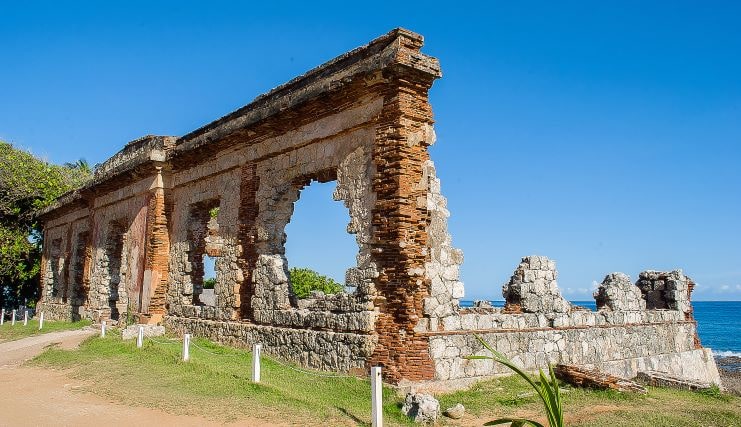
The 1918 Earthquake destroyed the Ponderosa Lighthouse, and they never repaired it.
Today there are only the remains of the Lighthouse that locals call “Las Ruinas” or The Ruins.
The place is great for pictures and walking around the beach.
26. B-29 Superfortress Wreck
One of Puerto Rico’s most fascinating historical sites is underwater.
On the evening of May 31, 1945, a Super Fortress B29 aircraft lifted off from Borinquen Army Air Field.
The plane headed to the ocean to initiate a bombing and gunnery mission.
Unfortunately, shortly after takeoff, oil pressure began dropping in engines one and two, and the propeller blades on those engines stopped working. The airplane crashed into the Atlantic Ocean.
Thanks to the rapid response of the Eleventh Army Air Force Emergency Rescue Boat Squadron, a.k.a. Crash Boat Unit (that gave its name to one of Puerto Rico’s most famous beaches, the Crash Boat Beach) only three of the 13 men crew were lost at sea.
The plane’s wreck is now at a depth of 120 feet and serves as a tribute to the man who saved the plane’s crew and to the memory of those who made the ultimate sacrifice for the safety of their country.
Below is a video of someone diving the B29 Wreck:
Find more amazing spots to dive in our article 30 Best Scuba Diving Site In Puerto Rico.
FAQ section
El Morro in Old San Juan, Porta Coeli in San German, and Parque de Bombas in Ponce are three of the most famous historical landmarks in Puerto Rico.
El Morro is hands down the most famous historical landmark in San Juan and all of Puerto Rico. The United States Puerto Rico National Guard’s distinctive patch is the image of a Garita, one of El Morro’s Sentry Boxes. What are three historical landmarks in Puerto Rico?
What is the most famous historical landmark in San Juan?
Final thoughts
Fans of history will have a great time in Puerto Rico.
Puerto Rico has over 4,000 years of rich history. There are historic landmarks in every town.
For more information about the history of the Island, please check out our article on Puerto Rico’s History.

